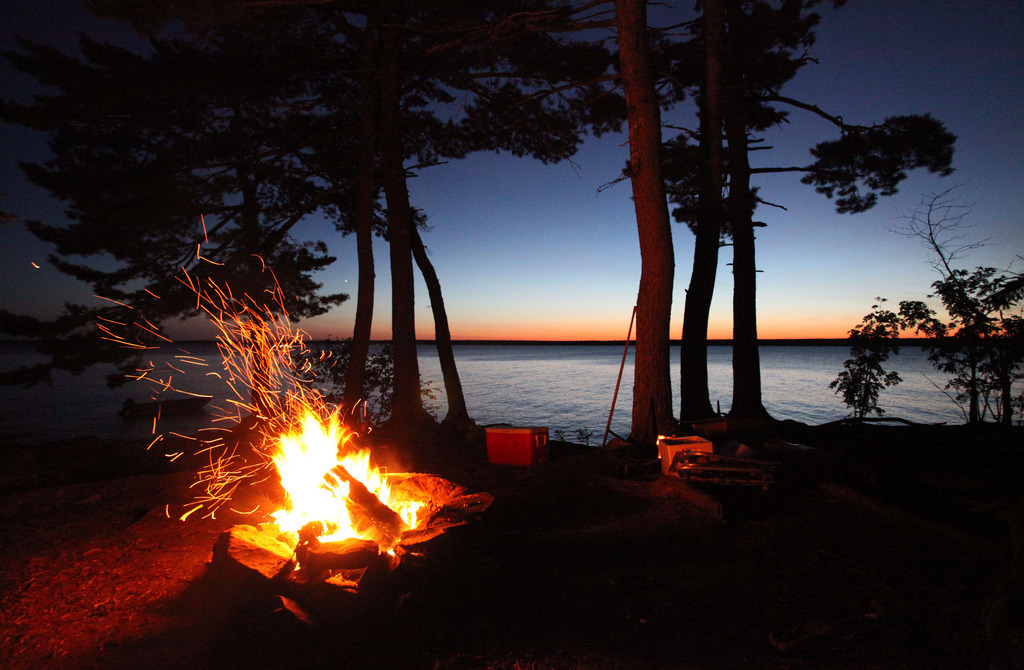


Don’t Remember Where by Steppin' In It
The Upper Peninsula by Sufjan Stevens

Snowshoe hare and lake trout–Rabbit Island surf and turf. It’s been confirmed; there are rabbits on the island. Rob’s father bumped into an elderly local at the grocery store in nearby Laurium who reported hunting rabbits on the island in 60’s and 70's and that they were ‘tasty’. He also mentioned catching ten lake trout off one of the island’s reefs last week. It would make sense, of course, that Rabbit Island had rabbits, though rumor has it that the once "active" rabbit population (if you know what we mean) may have been greatly decreased by a pack of coyotes that got stuck on the island in the late 70’s when an ice bridge formed and then blew offshore, leaving them stranded and hungry. The return of the eagles in the 80’s may have also had something to do with it. Regardless, the prospect of eating rabbits from the forest reminds us of a class our friend Sasha Wizansky gave in Brooklyn last year (see her magazine Meatpaper and a related NY Times article here). Looking forward to chasing some food around…

